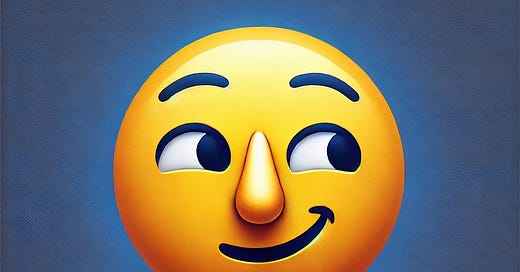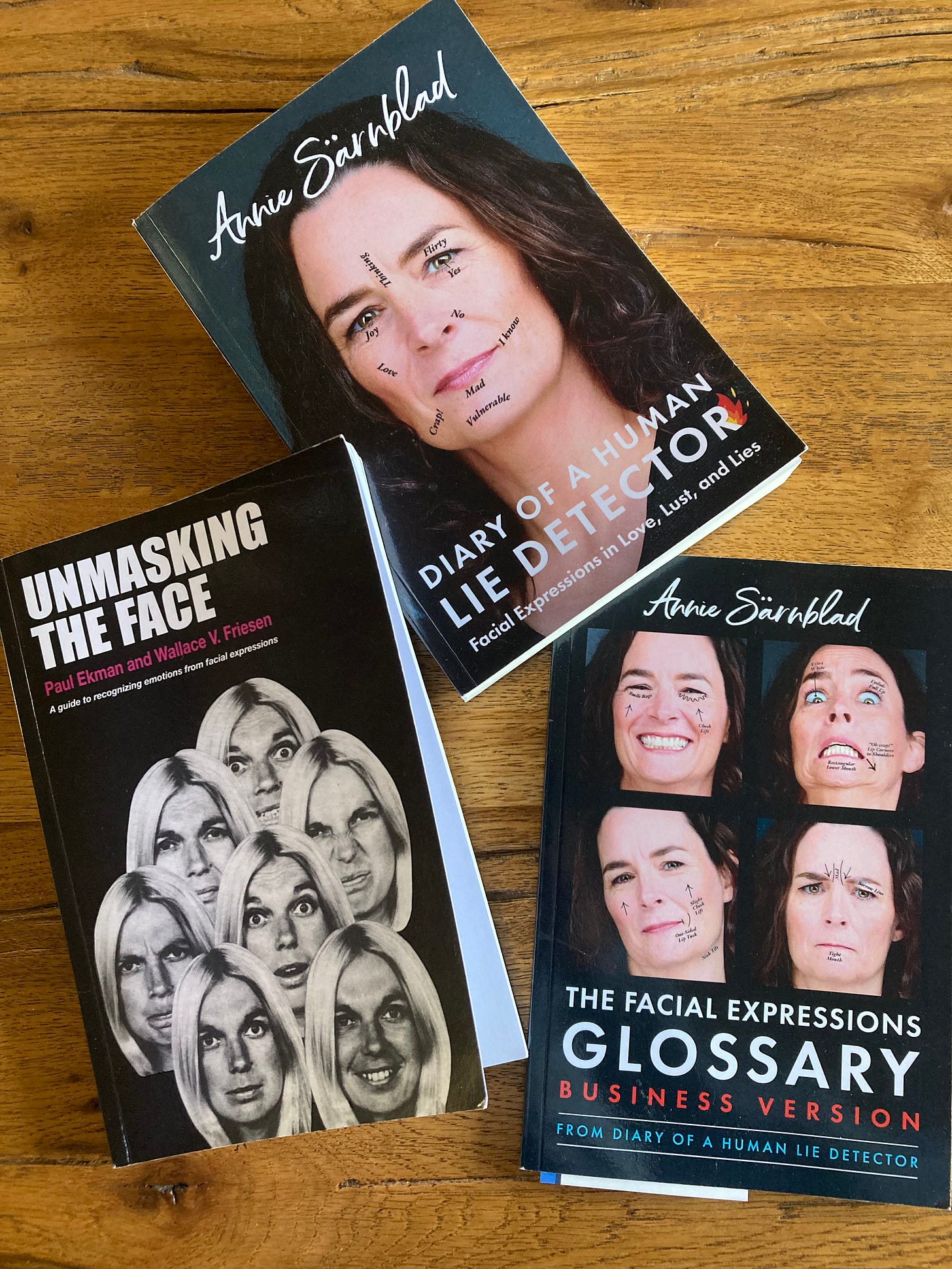Imagine being able to read people’s faces and understand their feelings, even if they don’t wish to reveal them. By looking past their polite smiles, you can sense what a date truly thinks about your choice of restaurant. You can see beyond your boss’s poker face and realize that your salary expectation is lower than she anticipated. You can feel the disconnect between the love a client describes for his family and the veiled anger reflected on his face. Scientists suggest that you can achieve all of this by learning to spot micro-expressions.
Micro-expressions are fleeting emotions our faces show that last less than a second. They occur before we can control our expressions, especially when we may not want to reveal how we feel. For instance, if you’re in a conversation with your boss and begin to feel fear, the expression of fear will start to emerge on your face. You may then notice how your facial muscles make you appear afraid and try to hide it. In that short instant, your boss could detect your fear before you manage to mask it. That’s the fascinating reality of micro-expressions.
How we show emotions in our face
Although we spend much time observing people's faces, reading them and seeing these micro-expressions is a skill that needs to be trained. Why might you need this skill? It can help you become a better parent, friend, or lover. It could assist you as a manager, doctor, or salesperson, and it can be useful in any situation where understanding how others feel can benefit you. Before learning how to read micro-expressions, you need some background on what emotions we actually display on our faces.
The science of facial expressions is primarily based on the work of Paul Ekman, Wallace V. Friesen, and Carl-Herman Hjortsjö. The face has 43 muscles that form seven basic emotions: surprise, disgust, anger, fear, happiness, contempt, and sadness. However, any emotion we display is typically brief. If you are surprised, your face will reveal it for just a few seconds. We don’t constantly observe others’ faces while spending time with them, making it easy to overlook their emotions.
How we conceal emotions
In early childhood, we learn to regulate our expressions. We are taught when it is socially acceptable to smile at others or conceal our sadness, even when we feel differently. Social expectations also come into play; boys should not express fear, and girls should not show anger in public. In their book "Unmasking the Face," Ekman and Friesen identify several methods we use to manage our expressions:
We express a feeling when it isn’t present (simulate)
We show nothing when we actually feel something (neutralize)
We hide an emotion by displaying a different one (mask).
We learn early in life to control our facial expressions, and there are several ways to achieve this. However, managing our facial expressions requires conscious effort and control. Before you can simulate an emotion or mask your face, you typically display the emotion you genuinely feel for a fraction of a second. This brief display of true emotion before you can deceive is known as a micro-expression.
A basic guide to facial expressions
You need to understand the emotional patterns and how they are displayed on the face. Additionally, you must train yourself to recognize them in the blink of an eye. As a basic guide for emotions, the following can be stated:
Surprise: Raised, curved brows and open eyelids show white above and below the pupil; the jaw drops with no tension around the mouth.
Disgust: The upper lip rises, the nose wrinkles, the cheeks are raised, the brows lower, and the eyelids are pushed.
Anger: Brows lower and frown together, eyes stare and bulge, and lips can be pressed together or form an open mouth.
Fear: Brows are raised and drawn together, eyelids are open but usually not as wide as in surprise, and the mouth is open with tense lips or stretched back.
Happiness: Lip corners lift, exposing teeth; cheeks rise, with wrinkles at the outer corners of the eyes.
Contempt: This expression appears only on one side of the face, featuring a raised, tightened lip corner on one side.
Sadness: Inner eyebrows lift, corners of lips droop, and the chin wrinkles or trembles.
How can you learn to identify micro-expressions?
Reading about it won’t make a difference. The book „Unmasking The Face“ features well over a hundred photographs of various faces showing emotions, along with a set of exercises. It also demonstrates combinations of different emotions, such as surprise mixed with fear or sadness blended with happiness, as in nostalgia, which brings back memories of joyful times in the past. While “Unmasking The Face” by Paul Ekman and Wallace V. Friesen is thoroughly scientific, the book “Diary Of A Human Lie Detector” by Annie Sarnblad is more playful and poetic. Both are great reads
.
There are also online databases (e.g. Paul Ekman, Humintel) that allow you to train in recognizing emotions and choose how many milliseconds they are presented, which helps you increase your speed over time. A practical exercise is to watch TV without sound so you don’t get distracted by the words and focus on the fleeting micro-expressions you observe.
However, the actual impact of training to recognize micro-expressions remains unclear when we examine the research. A study by Döllinger et al. from 2021 shows that it is possible to train to be more accurate in recognizing emotional expressions on the face. However, focusing on microexpressions will not necessarily assist you in recognizing emotional masking that occurs on other levels, such as in the voice or body.
Additionally, despite numerous studies, I was unable to find clear results on how this training could help you become a better therapist, doctor, or colleague. While it seems intuitive, the solid evidence that identifying emotions improves your professional skills as a manager is still lacking.
These are my thoughts on this issue, but I could be wrong. I'm eager to hear your opinions in the comments!





Interesting article! I also think that we pick up chemical scents around a person and I wonder if this might contribute to the idea of an aura. These could be traces of cortisol or waste products in the sweat of someone who is processing certain emotions and using certain neurotransmitters or hormones at that time. We use the word chemistry every day when we talk about people who get on well, but there could be a literal meaning to it.
Intriguing topic!
I believe reading facial expressions can be useful in every profession especially for CIDs pus this skill, with or without evidence, can be used for better human interactions.
Thank you sharing such an enjoyable and informative piece.